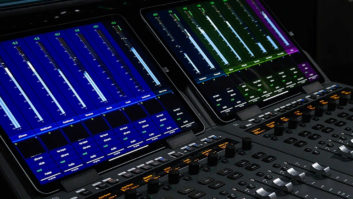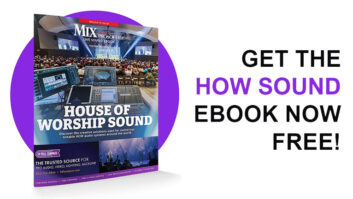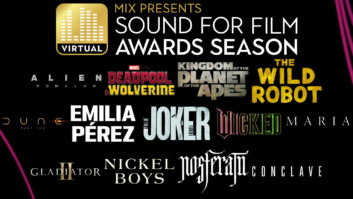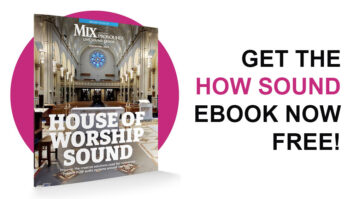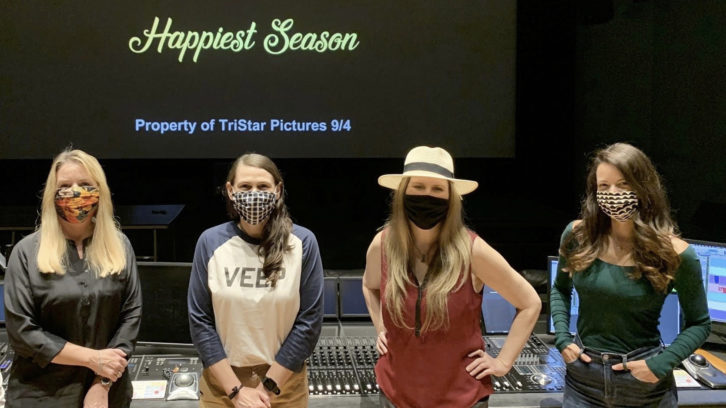
It’s the most unofficial wonderful time of the year—Christmas in July—bringing with it the soft twinkle of Xmas lights (already strung around ye-olde tiki bar, no doubt), frosty batches of eggnog daiquiris and the deep longing to sink into a snow pile. No holiday celebration would be complete without a cache of Christmas film favorites like A Christmas Story, National Lampoon’s Christmas Vacation and It’s a Wonderful Life. If you’re looking to spice up that collection of classics this July, check out Hulu’s romantic Christmas comedy Happiest Season, starring Kristen Stewart (Abby) and Mackenzie Davis (Harper), a young couple who attempt to conceal their relationship from Harper’s conservative family while visiting over the holidays.
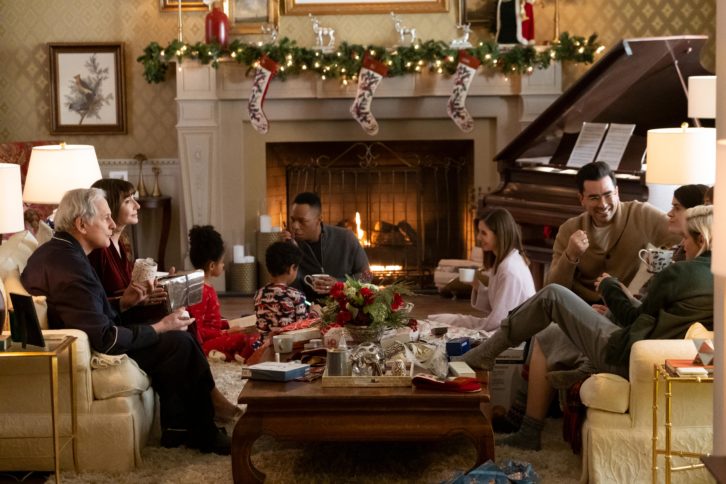
According to MPSE Golden Reel Award-winning supervising sound editor Kathryn Madsen, director Clea DuVall had always wanted to see a Christmas movie that reflected her own experiences. “So she decided to make it herself,” Madsen says. “She wanted all of those fun, classic holiday sounds, from a crackling fire in a fireplace to big Christmas parties. Then there’s always the wonderful Christmas music.”
Joining Madsen on Happiest Season’s women-led post sound team were Oscar-nominated re-recording mixer Deb Adair (dialog/music), re-recording mixer Alexandra Fehrman (effects/Foley/backgrounds), HMMA award-winning composer Amie Doherty, and music editor Erica Weis.
For Adair, who’s been mixing for nearly 30 years, Happiest Season was her first experience of working with a women-dominant post sound crew (mix tech Phil Lee was also on hand).
During the first in-person playback on the dub stage, Fehrman recalls her favorite memory of “turning around in my chair and seeing a room full of incredibly talented women—having all these women on the mix stage. The thing is, it wasn’t planned! It just worked out that way, which made it even cooler. We got to hear all these fascinating stories about being women in Hollywood. Melissa Bretherton, the picture editor, had some really intriguing ones! So did Deb. It was a highlight of my career.”
The film was mixed on Stage 2 at Deluxe in Hollywood on an Avid S6 console.
MUSIC MEETS EFFECTS
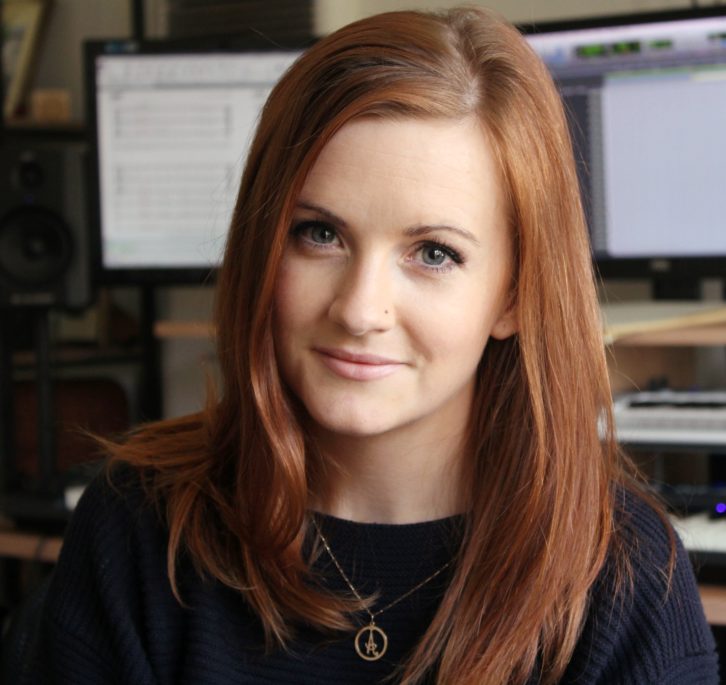
Happiest Season is full of subtle sonic nuances that impart a feeling of holiday cheer—like jingling bells adorning the door wreath, clinking glasses at the Christmas parties, and holiday tunes piped through restaurant sound systems and radios. This diegetic music blends beautifully with composer Doherty’s original score, which uses two different musical palettes—a traditional, classical Christmas carol–type sound with a quirky twist for the Caldwell family, and a more modern, romantic feel for Harper and Abby’s relationship.
For Harper’s family, DuVall wanted the music to help underscore their conservative nature but also reinforce the idea that something is slightly off about this picture-perfect family that Tipper (the mother) puts forward.
“For them, I used piano and string quartet in very straight rhythm with four-part harmony,” Doherty says, noting that the approach is a more traditional, holiday-carol structure. “When it came to Harper and Abby‘s theme, Clea didn’t have any specific instrumentation in mind; she wanted it to sound more modern and contemporary. For this, I used some synths, drums, bass and piano to create more of a ‘modern band’ feel.”
2021 Emmy Award Nominations for Sound Announced
The sound team’s skillful combination of effects, diegetic music and score brings the ice skating rink scene to life. In editorial, Madsen built a realistic “family” crowd with distinct child and parent voices using group actors from Fab Loopers. For the ice skating Foley, Stefan Fraticelli, “our fantastic Foley artist, brought in big blocks of ice to his studio, strapped on his ice skates, and recorded all of those authentic ice skating sounds. He sent me a video of him doing it which was loads of fun to see,” Madsen says.
The crowd voices and skate sounds reverberate in the cavernous rink, mixing with music played through the P.A. system. Adair notes that DuVall was very specific about how she wanted the skates to sound on the ice, and how the voices were to be treated. Fehrman says that her biggest challenge on the effects side of the console was blending the sound of the production skating with the effects and skating Foley. “[We chose] to punctuate key moments, like a close up on the skates or when we really wanted to feel the speed during the race between Harper and Sloane.”
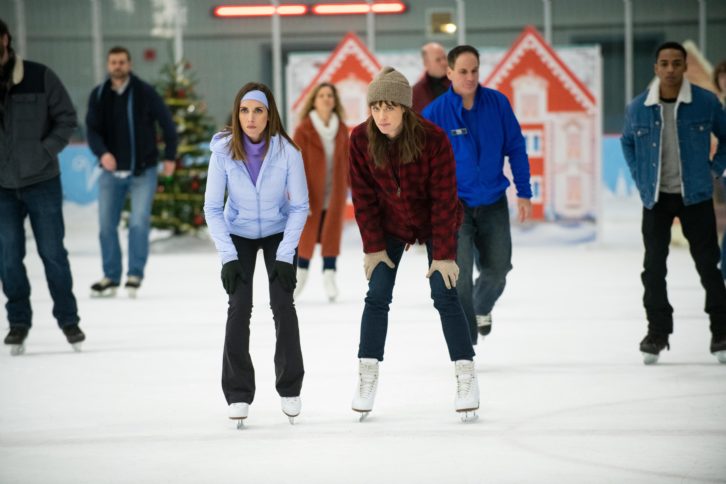
When Harper and her sister Sloane decide to race around the rink, the sound moves into their subjective reality of being “in the zone.” Adair transitions the source music into Doherty’s score to help power the action. “There’s a really great moment where Sloane slams her skate on the ice and basically draws a starting line, which I thought was a perfect moment to transition to score,” Doherty says. “It kicks off with a big, tubular bell hit that plays against the ridiculousness of the scene and emphasizes the comedy. It has a super-quick tempo and is mixed in beautifully with all of the fun sound effects to create pure comedic chaos.”
Here, Madsen amped up the skating sounds, accentuating the toe picks, skate slides and body hits as the sisters collide with other skaters. Fehrman notes, “We really started to hear things through the frenzied perspective of Sloane and Harper. Their focus was speed, and that’s what we heard. The only thing important to them in this moment was winning; the only people in this arena were them.”
MIXING TENSION AND COMEDY
Another fun scene for score and effects was a stealth sequence in which Abby tries to sneak up to Harper’s room one night. Abby slinks down the hallway, dashing past doorways to avoid detection by the family. The audience hears Ted (the father) in his office playing back his campaign speech on his smartphone. The sound of a cooking show comes from the living room where Sloane and her husband Eric are watching TV.
Adair says: “Mix-wise, Clea wanted us to be aware of the danger of Sloane and her husband discovering Abby. She wanted the TV to be felt but tucked into the living room. The panning gave us some specific clues about where Abby was tip-toeing by. The cut inside the living room was a nice touch, so we could really feel the indifference between Sloane and her husband, and that added to the comedy, as well.”
In her score, Doherty used sleigh bells to punctuate Abby’s anxiety of being caught. “I kept the score pretty percussive in this one, with a light, swing drumbeat continuing throughout to give it tension and pace, while the swing gives it a less serious, lower-stakes feel, and I accentuated the comedic moments with some sleigh bells,” she explains. “There is so much comedic dialog subtly woven into the scene, so I wanted the score to be light and able to be pulled back to let those moments be heard when needed. The cue is also in 5/4, which helps to give it this slightly off-balance, ‘anything could happen’ feel.”
Abby hears Tipper coming down the stairs so she dives into the utility closet, accidentally powering-on the robotic vacuum. Madsen says, “This is the perfect example of how sound can make a scene even funnier. The sound of that Roomba running amok and bumping into walls while Abby and Tipper are talking makes you laugh out loud. That little guy is a scene-stealer. He should get an agent!”
Fehrman made the most of the Roomba sound by tightly panning it to follow the action of crashing into the walls and Abby’s feet, and eventually taking off down the hall. “I love how this scene was directed; this is totally something that would happen,” she says. “It was very fun to play the Roomba as a character who was seemingly working against Abby and trying to get her caught. This scene made us laugh every time.”
PRODUCTION KARAOKE
It wouldn’t be Christmas without a bit of caroling, or in this case, karaoke. Abby and Riley (Harper’s ex) visit a local gay bar where two festively dressed drag queens lead the crowd in a sing-along of “Must Be Santa.” For this scene, Madsen started with the on-set singing and then filled it out with loop group actors.
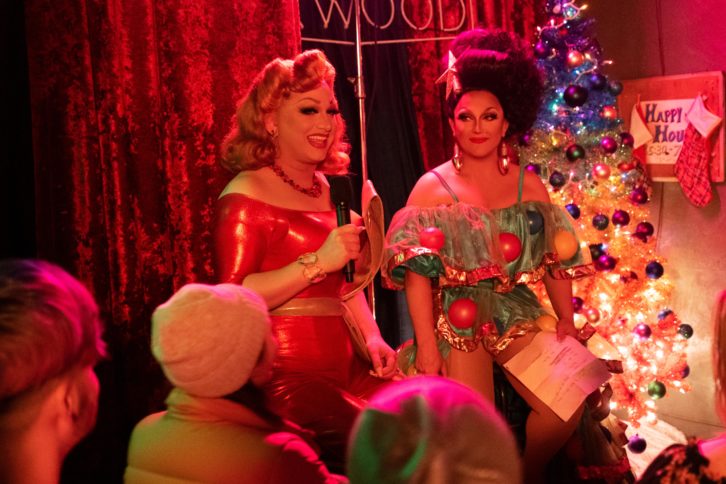
In the mix, Adair matched the impulse response of the on-set vocals, adding that reverb to the pre-recorded vocals and loop group singing. Fehrman did the same for the crowd effects, putting everyone into the same sonic space. Panning the group vocals around the surround field helped to create the feeling that everyone in the bar was singing along.
“In this scene, there were a lot of different source elements to blend,” Adair says. “There were production vocals, pre-recorded vocals, pre-recorded music, playback music, production sing-along, and group sing-along. It was challenging to meld these elements together as it was a constant trade-off throughout the scene. It was important for me to keep to the theme of authenticity and make sure the audience felt like they were in this bar with Abby and Riley.”
Despite the variety of source elements, the karaoke scene still wasn’t the most challenging at the mix. According to Adair, that honor in Happiest Season goes to Ted’s mayoral campaign Christmas party at a country club. The sound team had to create and mix multiple atmospheres to make the music and crowd feel authentic yet different in each area of the party. There was a “live” jazz ensemble, which had to be felt from multiple rooms.
“Not only did we have to mix these perspectives, but we were mixing with the characters’ emotions in mind. When we got close to Abby at the buffet, for instance, we quieted down the atmosphere to be with her and feel her isolation,” notes Adair. During Ted’s speech, they had fun on the dub stage, “playing with the fancy P.A. we could imagine being in this venue,” says Adair.
“Also, the crowd during the speech was a fun part of this mix as we swelled and minimized it in reaction to his speech. We added to the awkwardness by quieting down the crowd to hear Jane’s lonely callout of, ‘No cracks!’” Christmas is the season of joy, and for the sound team on Happiest Season, their greatest joy came from overcoming the challenges of Covid-imposed remote workflows to help director DuVall achieve her vision.
“I’m proud to be part of this incredible team,” Doherty says, “including my assistant Ellie Cumming (in Australia, no less), the musicians who recorded themselves at home, and the score mix engineer Damon Tedesco. We managed to pull off the entire scoring process virtually.”
“I am really proud of just being in the company of these powerful women,” Fehrman concludes. “I think we had a really difficult task of finishing a film in the thick of COVID, and I am proud of how seamless it was. This film offered comedy and relief in a dark time.”
